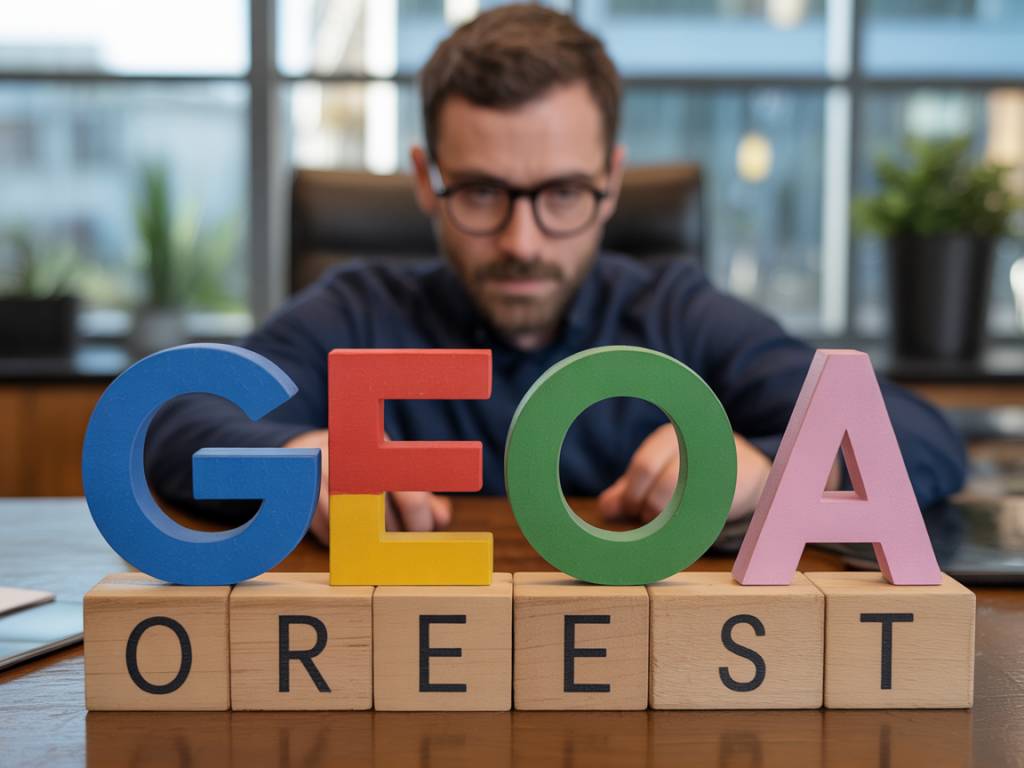How e-e-a-t influences seo and content credibility in google’s eyes

How e-e-a-t influences seo and content credibility in google’s eyes
Understanding E-E-A-T: Google’s Trust Framework
If you’ve been around SEO for a minute, you’ve surely heard of E-E-A-T. No, it’s not a typo. Google added an extra « E » in December 2022—so now we’ve got Experience, Expertise, Authoritativeness, and Trustworthiness. This acronym isn’t just semantic dressing. It’s a core part of how Google evaluates content quality, especially in sensitive niches like health, finance, and legal.
But here’s the kicker: E-E-A-T impacts every site, including yours. Whether you’re running an eCommerce shop or a niche SaaS blog, your ability to demonstrate E-E-A-T can significantly boost both your rankings and your perceived credibility.
In this article, we’ll break down how each element of E-E-A-T affects your SEO, why Google cares so much, and—most importantly—how to optimize your content to align with these quality signals. No fluff, just a methodical breakdown that you can action today.
Why Google Created E-E-A-T (And Why It Matters)
Let’s be blunt: the internet is full of garbage. Misinformation, AI-spun gibberish, and unauthorized “advice” flood Google’s index daily. Google’s E-E-A-T framework acts as a filter to promote content that’s useful, accurate, and created by someone who actually knows what they’re talking about. It’s not a separate algorithm, but it heavily influences Google’s quality raters and ultimately affects core algorithm updates.
Put simply: content that aligns with E-E-A-T tends to rank better. Content that doesn’t? It either disappears from Page 1 or never gets there.
A Closer Look at Each E-E-A-T Component
Experience
This is the “new guy” in the acronym. Google introduced “Experience” to put emphasis on lived, first-hand exposure. Why? Because people trust someone who’s been there.
Let’s say you’re writing a review of a DSLR camera. Google wants to know—have you actually used the product, or are you just summarizing Amazon reviews? Adding photos, video proof, or even noting the context of use (e.g., “I tested this during a humid jungle trip in Costa Rica”) can go a long way.
How to show real experience:
- Include original images, screenshots, or videos
- Share case studies or personal anecdotes
- Use first-person voice to describe usage/test scenarios
Expertise
This is about subject-matter proficiency. But here’s the nuance: you don’t need a PhD to rank. Expertise can be demonstrated through hands-on knowledge and actionable insights.
Google looks at the depth and accuracy of your content. Are you regurgitating surface-level information or diving into actionable processes? If you’re a developer writing about JavaScript performance hacks, include code snippets, benchmarks, or references to community-tested methods.
How to showcase expertise:
- Go deep—don’t shy away from complexity if your audience can handle it
- Link to related articles, whitepapers, or documentation you’ve contributed to
- Use technical language appropriately (but clearly)
Authoritativeness
This is your reputation in the niche. Are others referencing your work? Are you cited by trustworthy sources?
Let’s say you’re a fitness blogger. If reputable health sites start citing your meal plans or routines, that’s authority in Google’s eyes. It also includes mentions, backlinks, and even social signals—though the latter aren’t ranking factors directly, they can support authority perception.
How to build authority:
- Publish guest posts on relevant, reputable websites
- Earn backlinks through high-quality, useful guides
- Get mentioned by influencers or credible sources in your niche
Trustworthiness
Trust is the ultimate goal. In Google’s words, “Trust is the most important member of the E-E-A-T family.” You might have experience, expertise, and authority… but if users can’t trust your content (or your site), it won’t matter.
This is especially critical in YMYL (Your Money or Your Life) topics, but trustworthiness is crucial across the board. Slow websites, spammy ads, broken links, or unclear authorship all erode trust.
Ways to build trust:
- Add clear author bios with credentials and links to professional profiles
- Use HTTPS, fast hosting, and remove intrusive ads
- Include clear sources and regularly update your content
- Display contact info and privacy policy pages
Is E-E-A-T a Ranking Signal?
Not directly. Google has stated that E-E-A-T itself isn’t a single measurable factor like “page speed” or “meta description.” Instead, it’s an evaluation framework used by Google’s Search Quality Evaluators (yes, real humans) to assess content quality.
That said, every component of E-E-A-T aligns with ranking signals that are measured—like backlinks, engagement, bounce rate, user behavior, and more.
Think of E-E-A-T as the holistic profile your site projects: if your content radiates expertise, demonstrates experience, gets cited by others, and is hosted on a reliable, user-friendly site—you’re ticking all the right SEO boxes.
How to Audit Your Current Content for E-E-A-T
Ready to take action? Here’s a quick E-E-A-T content audit you can run today:
- Author visibility: Does each post clearly state who wrote it and why they’re qualified?
- Content depth: Are you offering deeper insights than competitors or just rephrasing the same top-10 tips?
- Sources and citations: Are you referencing credible material?
- Content freshness: Are statistics, examples, and tools still relevant in 2024?
- Backlink profile: Are authoritative domains linking to your content?
- UX/Trust factors: Is your site fast, mobile-friendly, and free from spammy practices?
This can be turned into a checklist for your editorial calendar or when optimizing pillar content. When these fundamentals are in place, Google’s algorithms are more likely to favor your content.
Real-World Example: Boosting E-E-A-T in a Competitive Niche
One of our clients, a UK-based CBD eCommerce brand, faced ranking stagnation despite high-quality products. After an E-E-A-T audit, we rolled out a few key changes:
- Added detailed author bios for product specialists and medical advisors
- Created an “Expert Corner” blog series written by certified herbologists and nutritionists
- Rebuilt the About and Contact pages to clearly show the people behind the brand
- Implemented schema markup to support content types and medical references
Result? Organic traffic grew by 41% over six months, and the brand started ranking on Page 1 for several transactional keywords previously dominated by major retailers. Proof that perceived credibility + content quality = real SEO gains.
TL;DR — Make E-E-A-T Work for You
If your strategy still revolves around keyword density and backlinks only, you’re playing an outdated game. E-E-A-T reframes content creation with a focus on trust. Here’s what to remember:
- Don’t fake expertise—demonstrate it
- Think like a reader: can they trust the info you’re giving?
- Infuse content with real experience (reviews, tests, examples)
- Double down on authority through proactive outreach and quality mentions
- Trust is the compound interest of SEO: invest in it steadily
Google wants real humans solving real problems. If your content reflects that, E-E-A-T becomes more than an acronym—it becomes your SEO unfair advantage.





